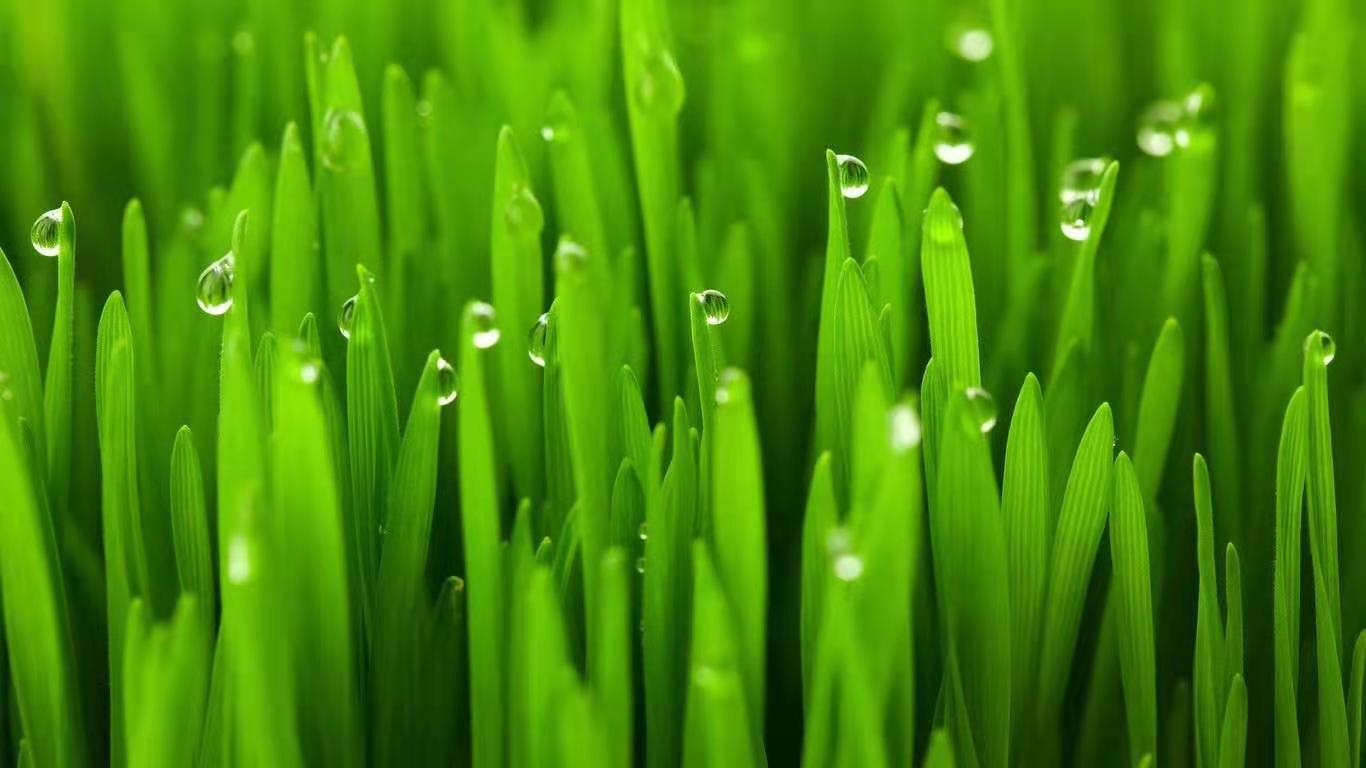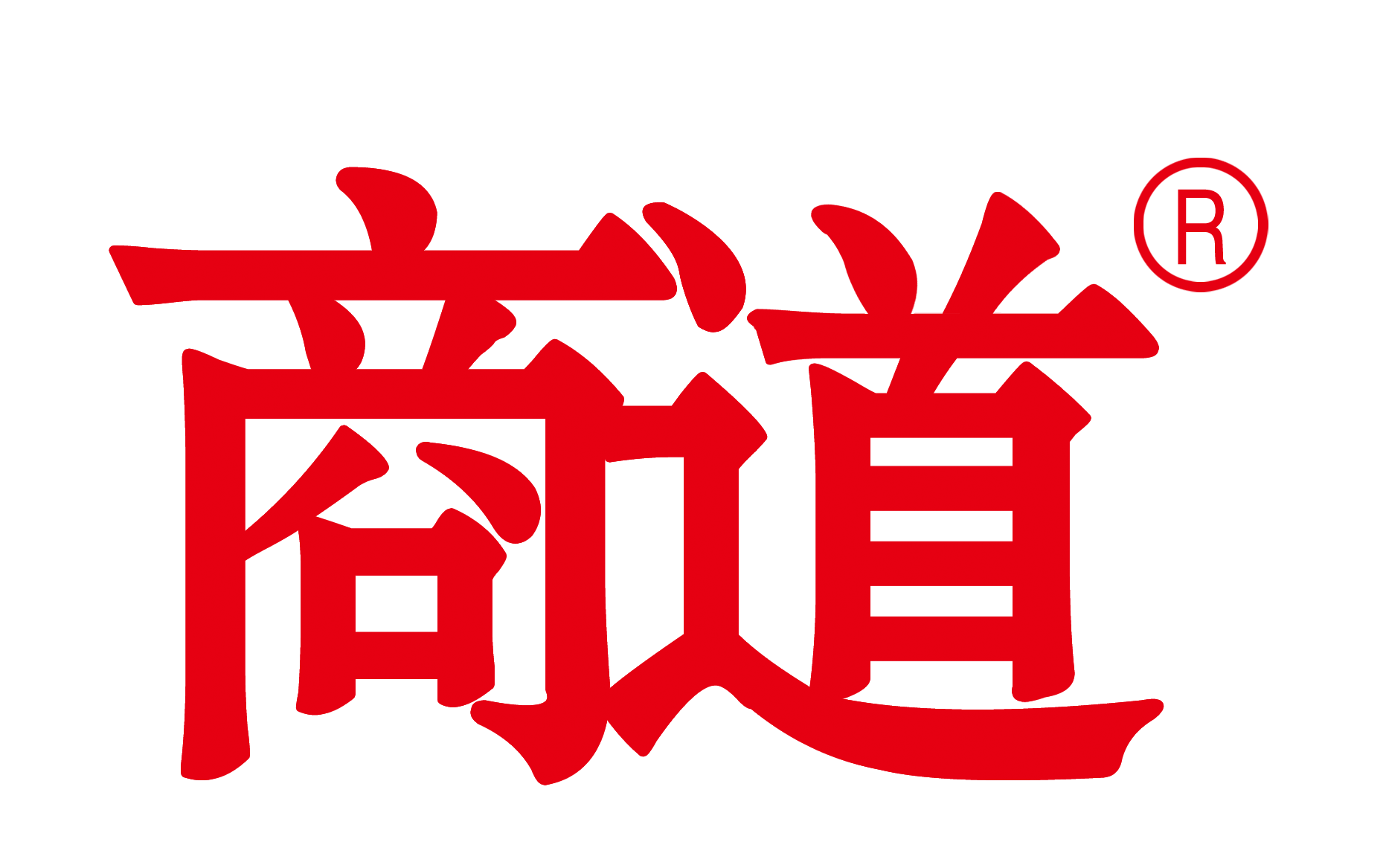
技术支持
了解育苗基质的分类及特点介绍
2016/12/29目前在市场上的育苗基质从大体上是可分为有机基质和无机基质两大类的:
At present, nursery substrate on the market from are generally can be divided into organic and inorganic matrix two categories:
1、其中有机育苗基质包括:碳化稻壳、草滩、锯木屑、秸秆、菇渣、树皮、刨花、蔗渣、芦苇末等
the organic substrates including: Carbonized rice husk, grass, straw, mushroom residue, sawdust, bark, wood shavings, bagasse, reed residue etc.
2、无机基质包括:沙、岩棉、陶粒、蛭石、炉渣、珍珠岩、聚苯乙烯株粒等
inorganic substrates including: sand, rock wool, slag ceramsite, perlite, vermiculite, polystyrene plant grain, etc.
特点介绍:
Characteristic introduction:
1.碳化稻壳是:稻米加工的副产品,在无土栽培种使用的道可通长需经过碳化
Carbonized rice husk is byproduct of rice processing, in soilless culture for the use of road long after carbonization
2.草炭:其中草炭是许多公家工人为最好的园艺作物栽培基质。水稻育苗基质可分为:低位草炭、众位草炭和高位草炭三大类
Peat: the peat is many public workers for horticultural crops cultivation matrix best. Rice seedling can be divided into: low peat, the peat and high peat three categories
3.芦苇莫:是利用造纸厂废弃下脚料添加一定比例的鸡粪等辅料经过微生物发酵而成,现在已广泛运用于无土栽培和育苗
reed Mo: abandoned waste with a certain percentage of the paper mill of chicken manure and other accessories through microbial fermentation, now has been widely used in soilless cultivation and breeding
4.锯木屑:锯木屑是作为无图栽培基质在使用过程中结构良好,一般可连续使用2~6茬每茬使用后消毒,多余其他机制混合使用
sawdust sawdust as no map substrates in the process of using good structure, generally can be used continuously for 2~6 stubble stubble after each use disinfection, redundant mechanisms other mixed use
5.菇渣:菇渣指种植草菇、平菇等食用菌后废弃的培养基质;刨花是与剧目在组成成分上类似,体积较锯末大,通气性能良好,滩氧比高
mushroom residue: mushroom residue refers to planting mushroom, Pleurotus ostreatus culture medium and other edible fungus waste; particle is similar to plays in composition, volume than sawdust, good ventilation properties, Tan oxygen ratio
6.树皮:树皮的容重接近草炭,与草炭相比,阳离子交换量和吃水量比较低,但碳氧比较高,是一种很好的园艺作物的栽培基质
the bark bark density near the peat and peat, compared, cation exchange capacity and eat water is relatively low, but the relatively high carbon and oxygen, is planting a good horticultural crops

